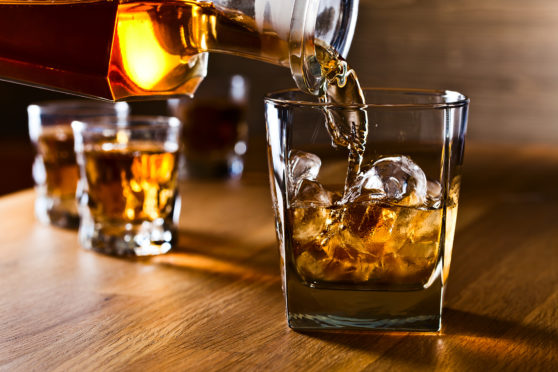It has often struck me that different nations and cultures, for all their differences, share certain aspects of folklore in common.
For instance, whether we are Swedes or Swiss or Scots, every nation and group tell stories to their children about little, non-existent people whom one never sees, but they are there nonetheless. They may be called fairies, gnomes, sprites, leprechauns, elves, dwarves, genies, trolls or whatever, who are invariably unseen, slightly mischievous but generally benevolent – like the fairy who leaves you money in exchange for your lost infant teeth.
On the other hand, there are bigger and nastier ones – ghouls, ghosts, phantoms, spectres, wraiths, zombies and vampires –that are the standard fare of horror movies.
What is intriguing is that, when someone claims to have seen one of these apparitions, the standard put-down is, “You must have been drunk.” However, one can ask: Would Tam o’ Shanter have had his misadventures had he been unaffected by drink?
Which leads to an interesting question. Do humans love alcohol, and more powerful intoxicants, because it alters their perceptions and makes them see things they do not normally see when stone cold sober? Many artists and writers, poets, composers and other creative people admit they need a drink, and sometimes several, to summon the Muses or generally get the creative synapses going. And countless musicians, actors and comedians frankly concede they need a dram or two before going on stage.
I am not suggesting that people can only create fine art in all its forms when they are drunk, but I do suggest that alcohol has played a small but vital part in advancing human art and culture.
Which brings us back to the invisible little people. After all, folklore is part of every nation’s culture. The little people may not be high-falutin’ but are a handy way of explaining the unexplained. We say mislaid garden tools have been nicked by fairies at the bottom of the garden. A recurring electric fault is blamed on the gremlins. A grimy ring in the bath is blamed on Mr Nobody. And those millions of litres of whisky yearly vanishing from warehoused casks have been quaffed by the angels.
Which goes to show, even the unseen enjoy a good drink.










